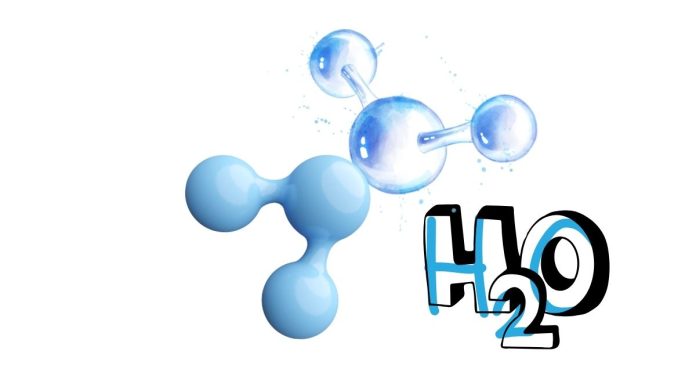Water is considered a polar molecule because of its uneven distribution of charge. This polarity arises due to the structure and bonding in the water molecule.
- Molecular Shape: A water molecule (H₂O) has a bent or V-shaped structure. The oxygen atom is at the center with two hydrogen atoms attached at an angle of approximately 104.5°.
- Electronegativity Difference: Oxygen is more electronegative than hydrogen, meaning it attracts the shared electrons more strongly. This causes a partial negative charge (δ-) on the oxygen atom and partial positive charges (δ+) on the hydrogen atoms.
- Dipole Moment: Because of this uneven distribution of charge, the water molecule has a dipole moment, meaning it has a positive end (hydrogens) and a negative end (oxygen). The molecule overall is not electrically neutral in a symmetrical way.
- Intermolecular Forces: The polarity of water molecules leads to strong intermolecular forces, particularly hydrogen bonding, where the positive hydrogen of one water molecule is attracted to the negative oxygen of another.
This combination of molecular shape, electronegativity difference, and the resulting dipole moment makes water a polar molecule, which is why it has special properties like its high boiling point and its ability to dissolve many substances.



